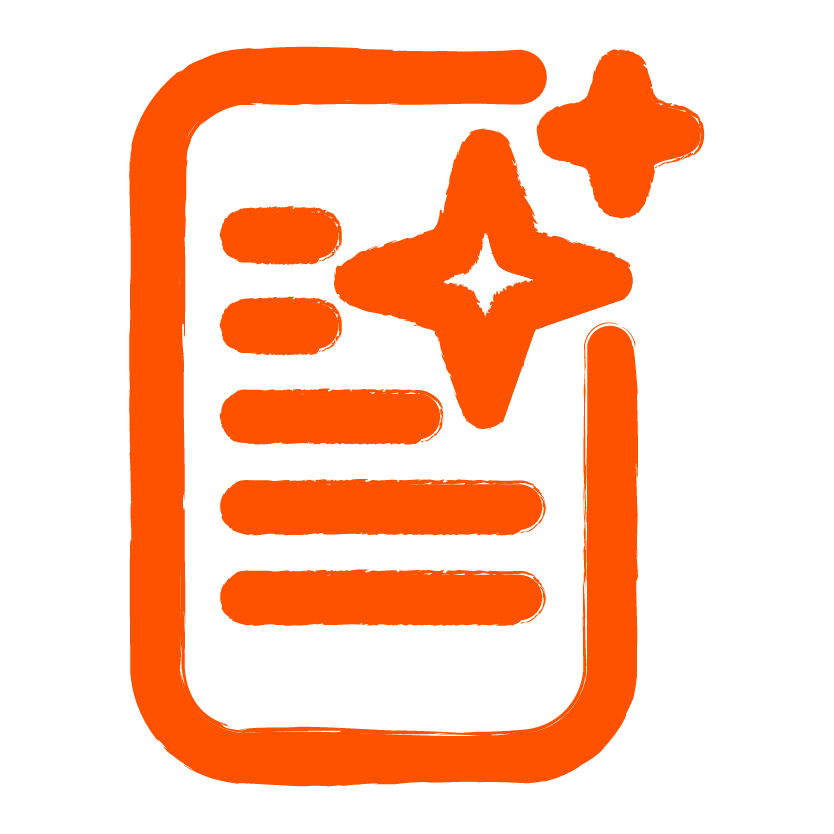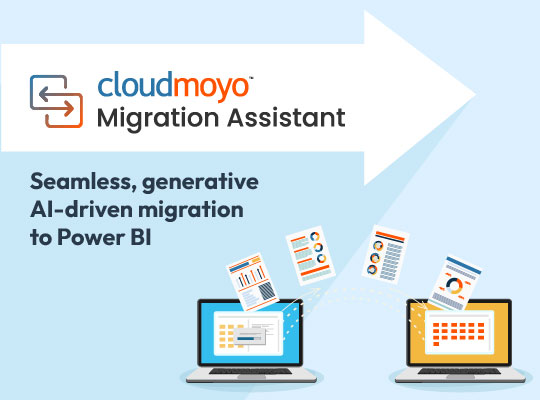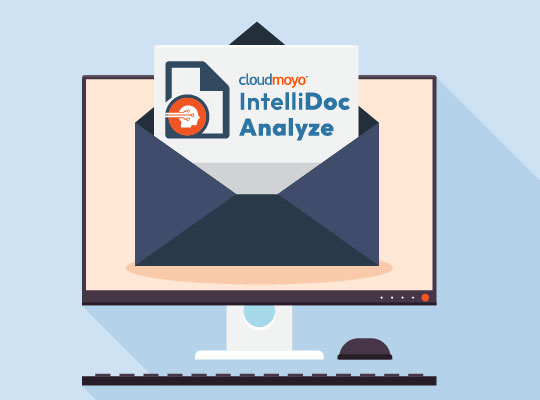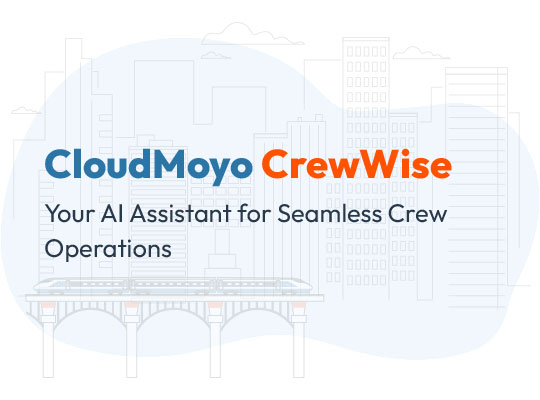One of the key announcements of the recently-concluded annual Ignite conference in Orlando, Florida, by Microsoft, was the newest Azure service for enterprises: Azure Synapse Analytics. It’s the latest enhancement of the Azure SQL Data Warehouse that promises to bridge the gap between data lakes and data warehouses. Since the coordination between these two is not proper, the decision-making process becomes quite ineffective. With Azure Synapse Analytics, Microsoft aims at bringing both data lakes and data warehouse together for a unique experience and also to enhance the machine learning and business intelligence capabilities.
Solution providers, including Microsoft, have created various systems to collect, fetch, and analyze an extensive set of information that would exhibit market insights and trends, making way for a new age of enhanced customer service, efficiency, and innovation. However, those systems were created independently by different teams of engineers and sold as separate services and products. These products and services weren’t designed to connect, and customers would need to learn to operate those individually.
So, instead of adding new features to each of their services, Microsoft decided to take a step back and explore how they could combine their key capabilities. This will help customers gather and analyze all the varying data, to solve data inefficiency, and work together.
Moreover, Synapse’s integration with Azure Machine Learning and Power BI will allow the improved ability for organizations to get insights from its data as well as execute machine learning to all its smart apps. Thus, it will enable users to connect and analyze more data.
In this post, we summarize some key points. Read on to know more.
Azure SQL Data Warehouse
Before understanding what Azure Synapse is, you need to understand what Azure SQL Data Warehouse is all about!
Released by Microsoft as Gen 1 in 2016, and Gen 2 in 2018, a first-rate cloud-native OLAP data warehouse. According to its definition by Microsoft, Azure SQL data warehouse is a managed petabyte-scale service having the control to manage computing and storage independently. In addition to the flexibility around compute workload elasticity, it also allows users to pause the compute layer while persisting the data to reduce costs in a pay-as-you-go environment. Some of its competitors are Amazon Redshift, Google BigQuery, Snowflake, and Presto.
What Azure Synapse Analytics adds new to the table?
According to Microsoft, Synapse Analytics will help customers use their data much more efficiently, productively, quickly, and securely by combining insights from all the data sources, warehouses, and big data analytics systems.
Moreover, this offering will enable businesses to benefit from the game-changing technologies such as artificial intelligence and data analytics. These technologies are helping experts better understand the weather conditions, workers to handle their tedious tasks better, and search engines to recognize people’s goals behind typing a query.
What’s more, Azure Synapse Analytics is specifically designed to support the continuously growing DevOps strategy. Here, the operations and development staff closely work together to create and execute services that work better throughout their life cycles.
With this enhanced version, Microsoft has made amends for some functionalities that were missing in Azure Data Warehouse. Thus, it is more than just a simple rebranding.
Limitless scale
Synapse brings insights from all your data across the big data analytics system and data warehouses with a faster approach. With this enhanced version, data experts can bring together both relational and non-relational data in the data lake using the simple SQL query. For vital workloads, you can easily streamline the performance of all queries with smart workload isolation, workload management, and a genuinely limitless concurrency.
Deeper insights
This end-to-end analytics solution is deeply integrated with Power BI and machine learning (ML). It significantly expands the discovery of insights from all your data and applies ML models to all your intelligent applications. You can reduce the development time of your BI and ML projects using a limitless analytics service. This service allows you to apply intelligence over all your critical data smoothly – from Office 365, Dynamics 365 to SaaS service supporting Open Data Initiative, and effortlessly share that data.
Real-time analytics experience
You will get a unique experience with Synapse Analytics. It offers an integrated workspace for data management, warehousing, big data, and artificial intelligence tasks. For managing data pipelines, data experts can utilize a code-free visual environment. By using the same analytics service, data scientists can create POCs, and business analysts can use Power BI to build dashboards in lesser time.
Advanced security and privacy
Azure is the most secure and safe cloud platform in the market. The essential features are fabricated in Synapse, such as active data encryption and threat detection. For granular access control, organizations can ensure the privacy and security of the data using native row-level and column-level security. Besides, dynamic data masking automatically protects critical data in real-time.
What’s the benefit for developers?
According to Microsoft, Azure Synapse Analytics will help developers gather meaningful insights from all their data in one go. They don’t need to copy TBs of data from different enterprise storage systems, which was earlier a pain point for enterprise data warehouses and data lakes. The enterprises can select their own data analytics engine with the help of Azure Synapse Analytics.
Furthermore, employees can easily use Azure Synapse Analytics without the need for any specific technical skills. Therefore, even with minimum expertise, business professionals can find and gather data from distinct sources. Also, it significantly reduces the delivery time of helpful business insights from a few days, weeks to even months.
What’s more in Azure Synapse Analytics!
Other than offering the latest features with Synapse Analytics, Azure further simplifies the setting-up and using modern data platforms. Instead of having distinct tools in different interfaces, it delivers a single interface where the user can perform multiple tasks:
- Development of orchestration for ingesting data (powered by Azure Data Factory)
- Building and visualize reports in self-service mode by using Power BI
- Analysis of data (using Python Notebooks or SQL) on Spark (powered by Databricks) or SQL (powered by Azure Data Warehouse)
- Management of Enterprise Data Warehouse enabling you to build dimensional models in a data warehouse using the Azure Data Warehouse technology
Hence, Azure Synapse Analytics is a missing link that enables discovering large data volumes with less worry, maximizing value for your business.
Conclusion,
There’s no denying that Azure Synapse Analytics will bring some amazing changes in the developer community, there are others such as AWS Athena, Presto providing comparable solutions.
This new product offering will help most of Microsoft’s enterprise cloud customers add massive value to their offerings by combining it with the existing cloud products. As a result, this fourth largest tech-giant in the world can transform into a much more complete cloud company.



















